Drawski Młyn 2024-10-28
Drawski Młyn Railway Station.
Geographic coordinates: 52.861N 16.093E. Elevation 42.00 m (137.80 ft). Address Drawski Młyn Dworcowa Street.
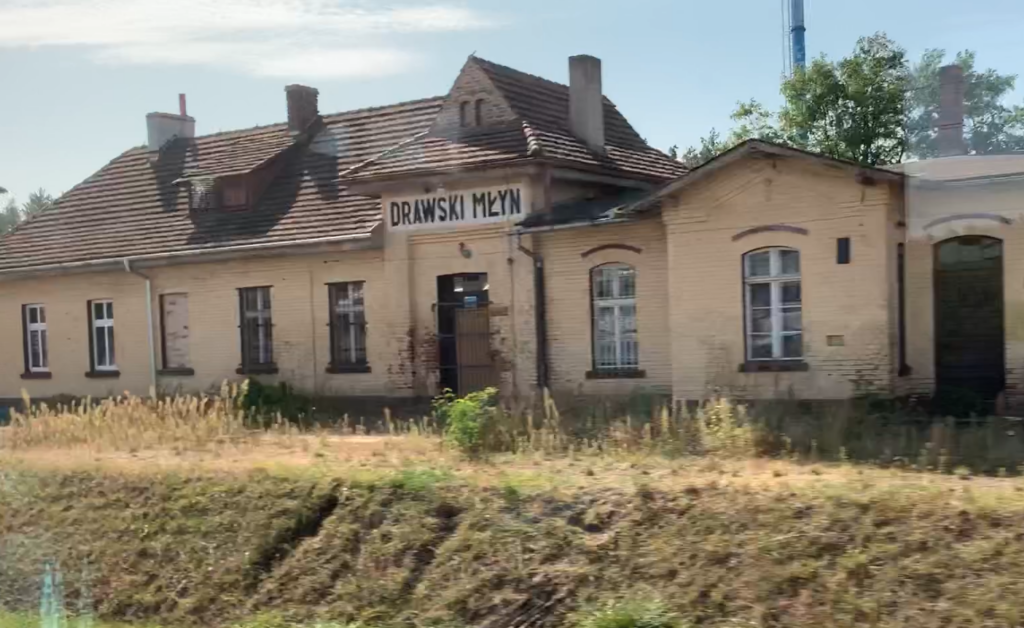
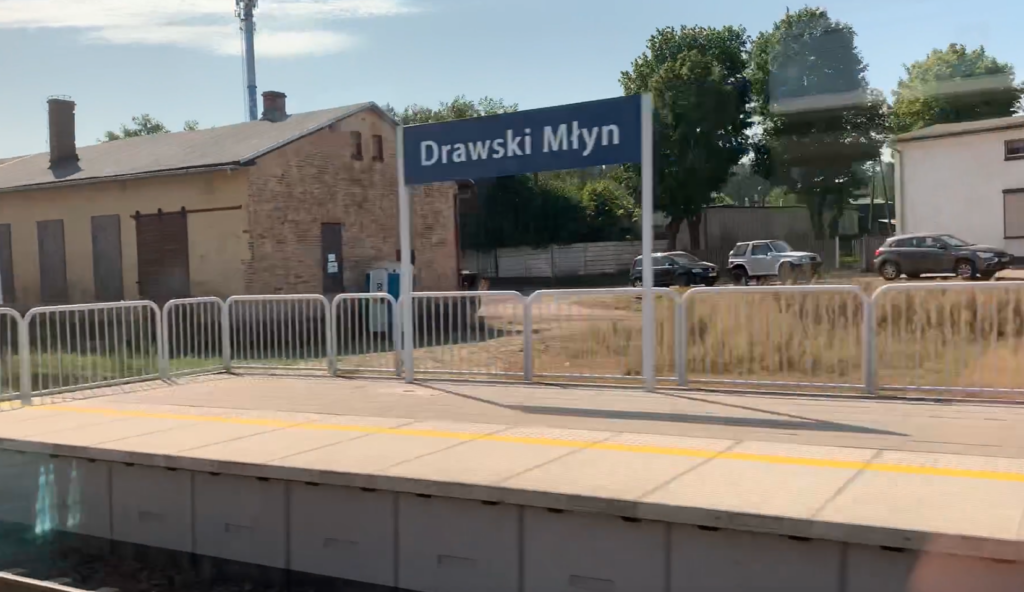
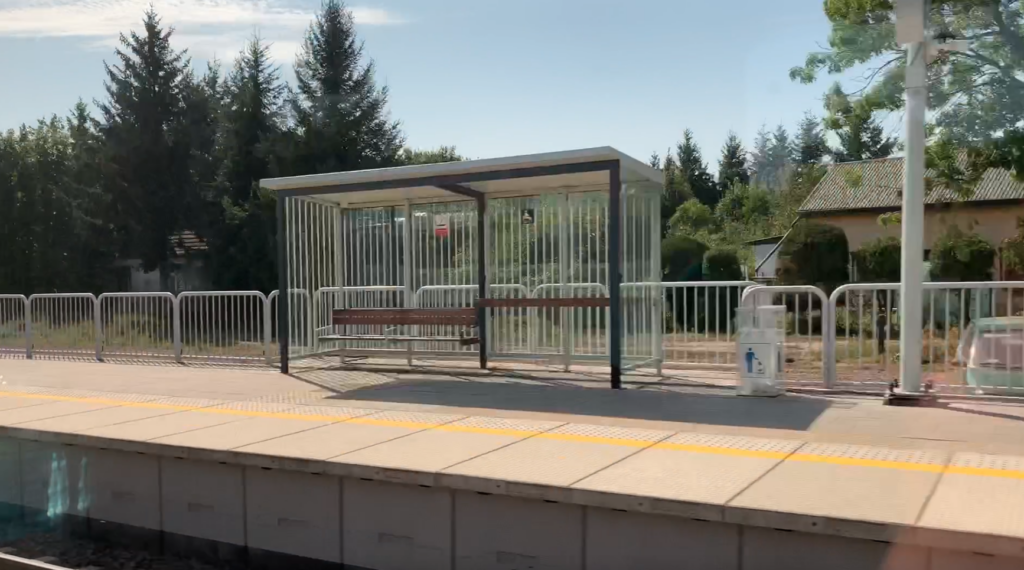
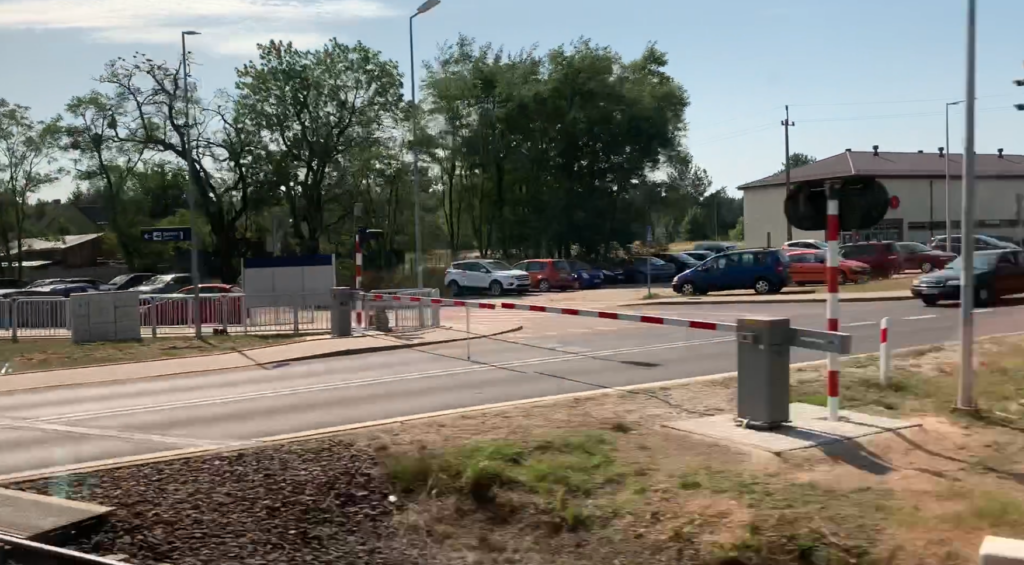
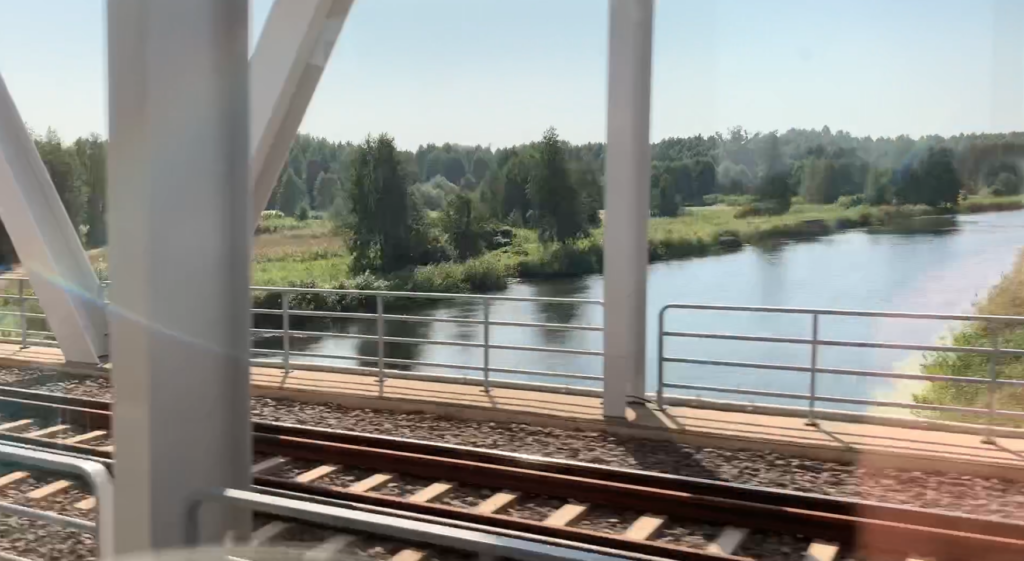
Drawski Młyn.
Drawski Młyn is a town in the Wielkopolska Province, in the Czarnkowsko-Trzcianecki district, in the Drawsko commune. In 2022, the town had 953 inhabitants. Provincial road No. 181 runs through the town. The name of the town comes from a mill standing on the left tributary of the Noteć River, the Struga River, which existed at least since 1508. Initially, the mill had no name, later it was called Młyn Drawski. Historically, it was the Kingdom of Poland, the Wieluń estate and belonged to the Polish Kings. Geographically, it is the Noteć Forest.
The Noteć Forest is a huge forest area located between the Warta River in the south and the Noteć River in the north, in the Gorzów Basin. Since 2004, the Noteć Forest has been called the Noteć Forest Promotional Complex. The forest has an area of 1,372.29 km2. The length is about 100 km, with an average width of about 20 km. The forest consists of 1 landscape park and 16 nature reserves. The landscape of the forest is diversified by large dune banks, which create a labyrinth of valleys and hills. The highest elevation on Wielka Sowa, reaches a height of 42 m, with an elevation of 93 m. The center of the forest is very poor in water and was not a good place to establish human settlements. However, near both large rivers, the areas have an excess of water in the form of gutter lakes and swamps. Only the banks of the Noteć are treeless and slightly more suitable for cultivation. Lakes, fields and meadows are the so-called exceptions in the sea of the belt. The forest stand is mainly pine, with an admixture of birches, oaks and other trees and shrubs.
The village of Drawski Młyn has a rich metallurgical tradition. The Struga River flowing through the village used to power forges, as evidenced by the old name of the settlement Hamrzysko. In the 17th century, an ironworks operated here, using local deposits of bog iron and charcoal. In 1853, the Sattlershütte factory began operating, which operates to this day (2024) as the Iron Foundry. In addition to metallurgy, milling developed in the village.
As a result of the second partition of the Republic of Poland in 1793, Greater Poland fell under the Germanic rule. Germanization and oppression of the Polish population began. As a result of the Greater Poland Uprising, this area returned to the reborn Republic of Poland. The border between the Republic of Poland and the Germans was established on the Noteć River. The Drawski Młyn railway station became a border station. Rail traffic was maintained towards Poznań and towards the Bzowo Goraj station, eastwards. The Krzyż Wielkopolski railway station remained in the hands of the Germans.
The oldest part of the village of Drawski Młyn is located at the railway station. To the west, there is a housing estate called “Osiedle Robotnicze”, which was built in the 1950s. Next to this estate is a school building, which was built in 1911. The date is placed on the front wall of the building, which currently (2024) serves as a kindergarten. Next to it is a new primary school. On the estate, there is a commemorative boulder in honor of Mr. Józef Noja from nearby Pęcków, an Olympian murdered by Germans in Konzentrations Lager Auschwitz in Oświęcim. To the west, along Szosa Dworcowa Street, there are farmers’ farms, and further on is the “Odlewnia Żeliwa” plant, on the northern side of the road. On the southern side of the road are the “Odlewnik” Family Allotment Gardens. A little further, to the west, is the village of Drawsko.
Drawski Młyn railway station.
Initially, the Drawski Młyn railway station was a small station with a cargo hold. It began to develop in 1919, when it found itself within the borders of Poland. Due to the nearby border, a border post was established. More buildings were built to handle freight traffic. The track system was expanded to efficiently redirect trains between both railway lines; the Poznań direction and the Bzowo Goraj direction. At the station, the trains had to change direction. Two earth platforms with stone edges were built.
During World War II, the Germans restarted rail traffic on the Krzyż Wielkopolski – Drawski Młyn section. Polskie Koleje was incorporated into the Germanic railways. In 1945, the PKP company started operating again.
In the period 2020-2021, the station was modernized. This was related to the modernization of LK No. 351. Two new platforms, of a high type, were built. The platforms are equipped with bus shelters, benches, rests, display cases with railway information, lighting and an audio system. Access to the platforms is at track level, but safe with fencing, accessible to wheelchair users and families with children in strollers.
The station is equipped with ESA 44-PL computer traffic control devices. The old signal box with “DM” on the Miałów side was dismantled in the autumn of 2023. The new automatic container signal box is on the Krzyż Wielkopolski side. The SKP station on the Krzyż side operated until August 2021 and was dismantled in September 2021. The inactive crossing guardhouse, which stood on the Miałów side, was dismantled in December 2020. The railway buildings, which require renovation or demolition, have not yet been renovated. Currently, the station serves up to 300 passengers per day. Koleje Wielkopolskie trains stop at the station.
Railway lines.
Railway line No. 351 Poznań Główny – Szczecin Główny, is a mostly double-track line, of national importance, electrified with 3 kV DC current. The line runs from the south-east to the north-west. Length of the line 213,500 km. Maximum speed 160 km/h. The electrification of LK No. 351 took place in stages; On June 27, 1975, Poznań Główny – Rokietnica. On September 8, 1977, Rokietnica – Krzyż. On June 21, 1978, Krzyż – Choszczno. On December 15, 1978, Choszczno – Szczecin.
Railway Line No. 206/236 Inowrocław Rąbinek – Drawski Młyn is a secondary, single-track, mostly non-electrified line that connects Inowrocław Rąbinek station with Żnin station. In the past, the line operated on a longer section to Drawski Młyn station. The line was built in sections in the period 1888-1896. The total length of the line was 163.589 km. The Drawski Młyn – Bozowo Goraj section was dismantled at the beginning of the 21st century.
Written by Karol Placha Hetman
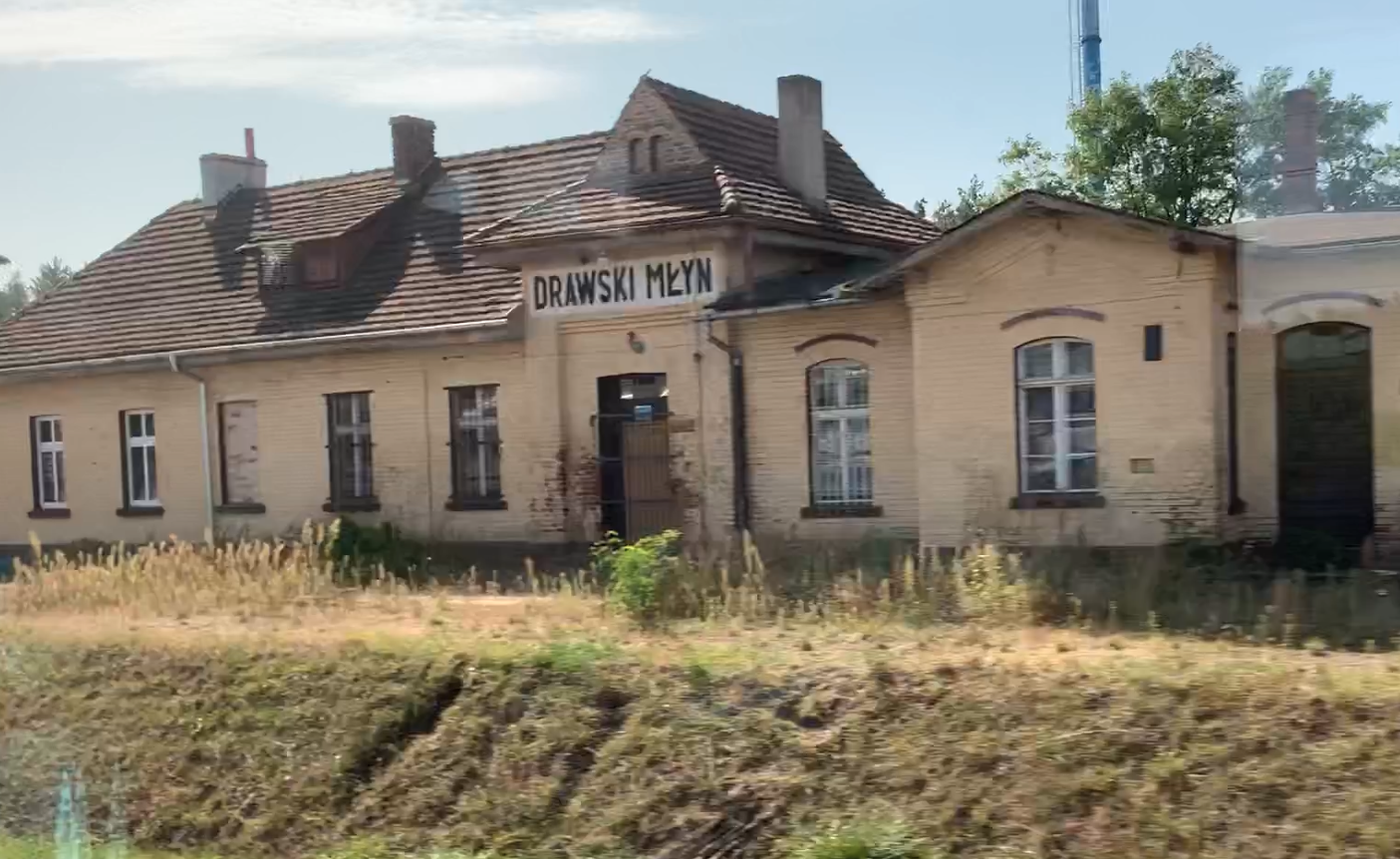
Leave a Reply
You must be logged in to post a comment.